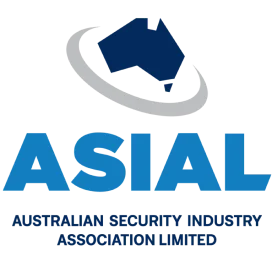Traffic control measures include different aspects which are all essential to avoid accidents and traffic-related incidents where there is a flow of vehicles and/or pedestrians. The measures may be “normal” marks on a road or information signs regarding speed limits or parking arrangements. However, specific circumstances such as road works or building sites near a road necessitate more specific measures.
When discussing traffic control measures it has to be remembered that although there are basic criteria for traffic control, the actual traffic control methods differ from situation to situation. In this article, some of the most essential measures are discussed.
The role of indirect control methods
General traffic information on roadside boards, in radio broadcasts and GPS messages, for example, are called indirect control methods. They are focused on aspects affecting drivers’ and pedestrians’ behaviour in general.
Active traffic control measures
Traffic controllers use devices such as barricades, stop signs, and road marks to actively control vehicle and pedestrian traffic around construction sites, road works and at public festivals and events. These measurements are necessary to keep visitors, workers and casual bystanders safe.
The measures include the following:
- Separate entries and exits for vehicles and pedestrians.
- Clearly marked parking spaces.
- Enough safe pedestrian crossings where vehicles are moving.
- Functional and visible speed limit and other road signs.
- Trained and certified traffic controllers.
Traffic controllers
Traffic controllers have to be trained and certified to implement traffic control measures. NSW traffic control, for instance, requires specific training and certification.
A traffic controller NSW needs a Traffic Control Card issued by the RMS or, alternatively, a SafeWork NSW Traffic Control Work Training Card.
Someone who wants to become a traffic controller in NSW can approach a traffic agency in Sydney for more details. Traffic control pay in Australia is about $30 to $35 per hour.
Conclusion
Extra traffic control measures are essential whenever special circumstances involving the movement of vehicles and pedestrians occur.


